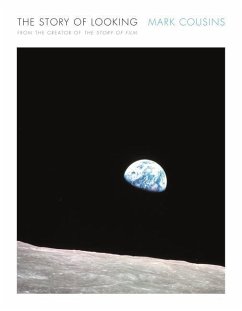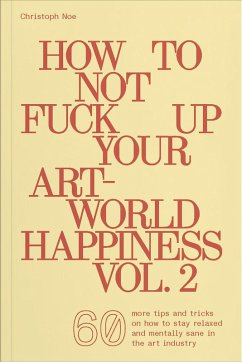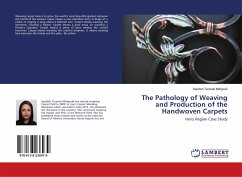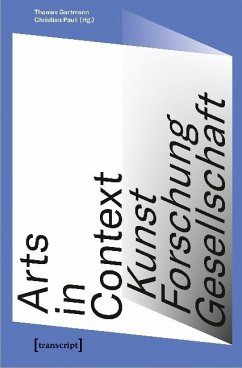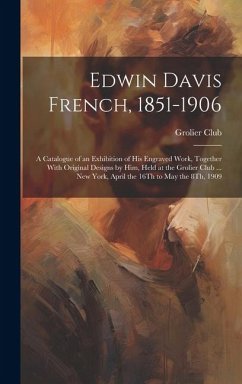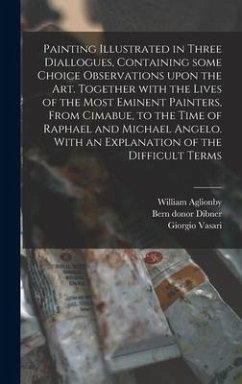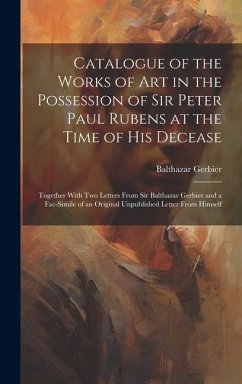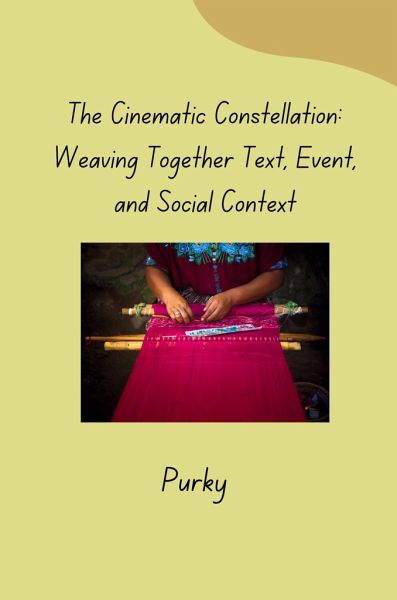
The Cinematic Constellation: Weaving Together Text, Event, and Social Context
Versandkostenfrei!
Versandfertig in 6-10 Tagen
28,13 €
inkl. MwSt.

PAYBACK Punkte
0 °P sammeln!
Cinema, at its core, is a tapestry woven from multiple threads. It doesn't exist solely in the flickering images on the screen. A film's true magic lies in the intricate interplay between the narrative text (script, dialogue), the visual event (performance, cinematography), and the broader social context in which it is experienced. This essay delves into this "cinematic constellation," exploring how these elements intertwine to create a rich and multifaceted experience for the viewer.Text: The Foundation of MeaningThe script serves as the blueprint for the film, laying out the story's foundati...
Cinema, at its core, is a tapestry woven from multiple threads. It doesn't exist solely in the flickering images on the screen. A film's true magic lies in the intricate interplay between the narrative text (script, dialogue), the visual event (performance, cinematography), and the broader social context in which it is experienced. This essay delves into this "cinematic constellation," exploring how these elements intertwine to create a rich and multifaceted experience for the viewer.Text: The Foundation of MeaningThe script serves as the blueprint for the film, laying out the story's foundation. Dialogue, character development, and plot all spring from this textual wellspring. Text establishes the narrative arc, guiding the audience through the emotional journey of the film. Consider the iconic line "Frankly, my dear, I don't give a damn" from Gone With the Wind (1939). This single sentence, delivered with perfect timing by Clark Gable, encapsulates Rhett Butler's cynical attitude and foreshadows the film's tragic ending.






